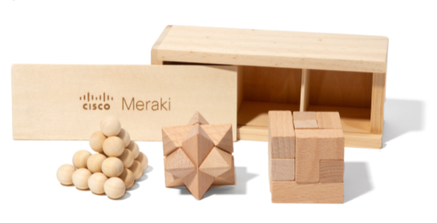
UPDATE: this contest has ended. Huge thanks to everyone for sharing your tips! Our three randomly selected winners are... @bboggs, @JoDawg007, and @Stingburst. Congrats!
If there was ever a reason to have a Community Challenge, it's 2-2-22 Tuesday!
In honor of the rare occasion (the next Twosday challenge won't be held until 2422🙃), we want community members to share their TWO top tips for using Meraki solutions. These tips could pertain to any aspect of Meraki: they could be tips for folks just getting started, cool shortcuts to use in Dashboard, pointers for navigating the new occupancy analytics with MV, or how to keep your cats from warming themselves on your MX.
The key for this 2-22-22 Tuesday challenge, of course, is to be sure that you share TWO tips. As always, everyone who shares their Meraki tips will be entered to win sweet sweet swag!
How to enter
Submit your two tips in a reply to this post before 11 a.m. PT on Friday, February 25th (02/25/2022). We’ll then draw three entrants at random to win a wooden Meraki desk puzzle! Your entries will be public and visible throughout the contest.

Happy Twosday!
The fine print: